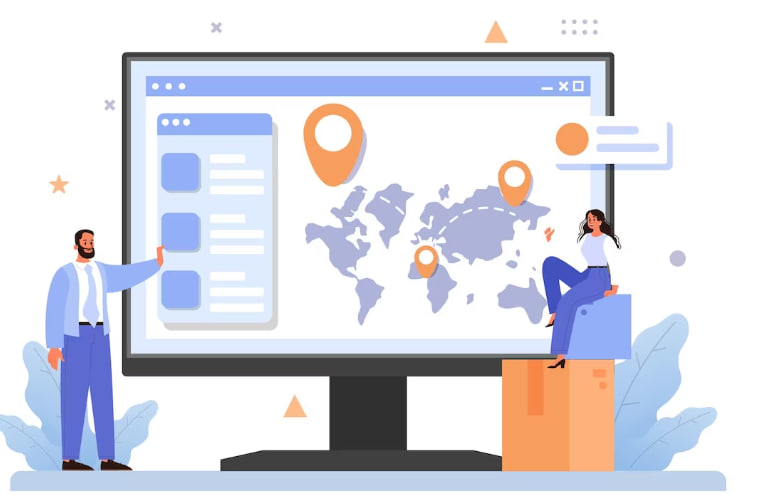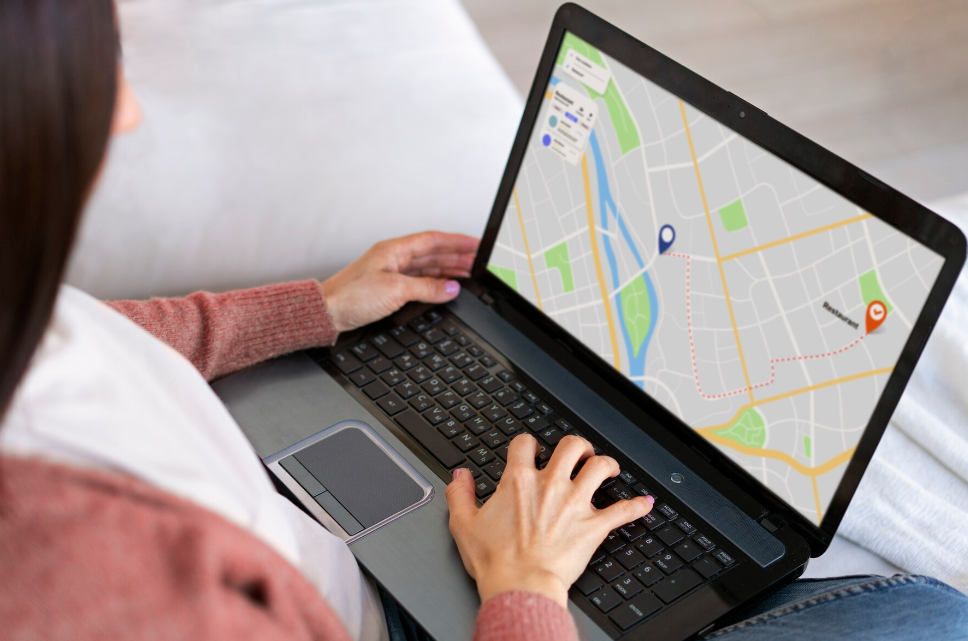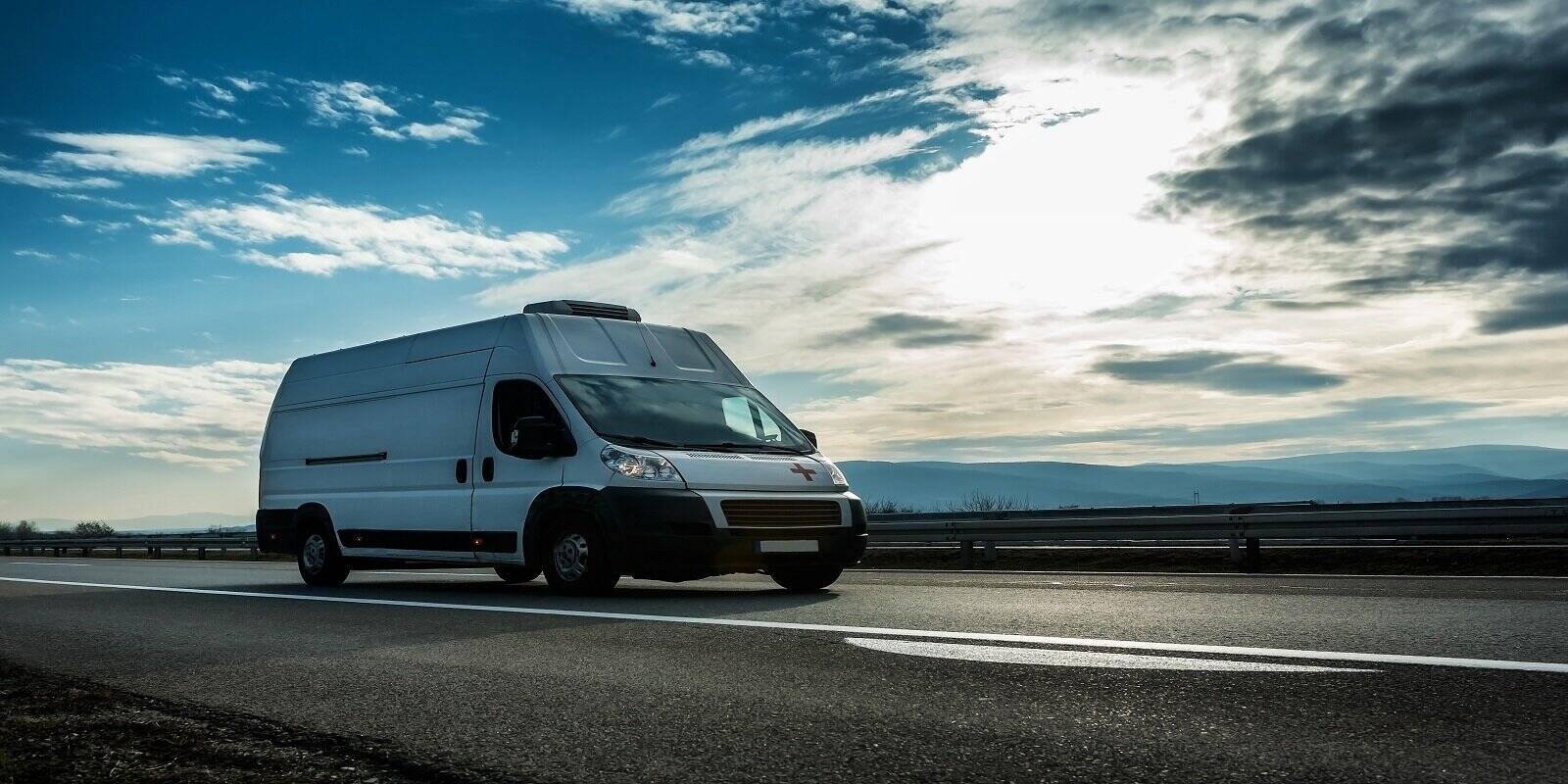Introduction
Non-Emergency Medical Transportation, or NEMT, is a service that offers transportation to those who require medical attention but are unable to drive on their own. For those who might not have access to a car of their own or who might not physically be able to drive, this service offers a crucial service. By enabling people to go to their appointments independently of family, friends, or public transportation, NEMT can assist increase access to healthcare.
NEMT can increase people’s access to healthcare by offering those in need of it dependable transportation. Also, NEMT can lessen the stress of having to rely on others for transportation and the time and expense involved in traveling to and from medical appointments.
Advantages of Supplemental Equipment
More Efficiency
A NEMT vehicle’s efficiency can be increased by adding extra features that can hasten the process of getting passengers in and out of the vehicle as well as by improving communication between the driver and passengers. Digital signs, for instance, can give quick and easy information regarding pick-up and drop-off locations, while wheelchair lifts can shorten the time needed to load and unload a passenger who is wheelchair-bound.
Enhanced Safety
By offering extra features like cameras and sensors that can warn drivers of potential risks while they are on the road, optional equipment can also serve to boost safety. Mobility aids like ramps and handrails can also increase passenger security when getting in and out of the car.
Increased Comfort
Passengers’ comfort can also be increased with optional equipment by adding extra features like climate control and adjustable chairs. The ease with which passengers might feel comfortable during their trip thanks to these elements may contribute to their finding the experience more enjoyable.
Equipment Options and Their Types
Electronic Signage
A type of optional equipment called digital signage is capable of giving quick and simple information regarding pick-up and drop-off locations. In addition to current traffic information, this kind of signage can also include any other pertinent details that might be helpful while traveling.
Automobile Cameras
Another optional piece of equipment that can improve safety is a vehicle camera, which gives drivers a method to keep an eye on their surroundings while they are driving. With other safety features like sensors and alarms that can warn drivers of potential dangers while they are driving, this kind of camera is frequently used in conjunction.
Mobility Aid Lifts
Another optional piece of equipment that helps speed up the process of loading and unloading people who need wheelchairs is a wheelchair lift. With the aid of this lift, wheelchair-bound people may find it much simpler to get in and out of a car on their own.
Mobile Devices
Another sort of optional equipment that might increase security for passengers entering and exiting a vehicle are mobility aids like ramps and handrails. Those with limited mobility may find it easier to enter and exit a car with the use of these kinds of aids.
Price of Extra Equipment
Upfront Expenses
Depending on the kind of equipment being purchased and the seller from whom it is being acquired, the upfront cost of optional equipment will change. Since NEMT cars frequently need extra parts that must be bought separately, the cost of optional equipment is typically higher than for standard NEMT vehicles.
Сost of Maintenance
When compared to standard NEMT vehicles, extra equipment typically carries greater maintenance expenses. This is because the maintenance needed to keep these cars in good working order and safety tends to be more frequent. Moreover, specific tools or personnel may be needed to properly maintain some optional equipment types.
Conclusion
Both operators and passengers may benefit from optional equipment, which can increase productivity, improve safety, and improve comfort. These pieces of equipment can also speed up the process of loading and unloading wheelchair-bound customers while also enhancing security for people entering and exiting vehicles.
Because of the additional installation components needed, optional equipment typically costs more up front than regular NEMT cars. However, over time, lower maintenance costs may make up for these upfront expenses. Also, in order to properly maintain some optional equipment, specialized equipment or personnel may be needed.



